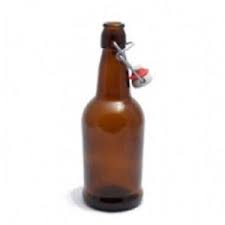TexasDroughtBrewery
Well-Known Member
Since day one I have always racked in a keg but here recently I have tried my hand at a few smaller batches. 3 gallons of cider and 1 gallon of stout. So I am not going to put them in a 5 gallon keg obviously... Now to the jitters part every day I see or read something about bottle bombs.. what do I need to know to make sure when I bottle these two brews that they don't become bombs..and what do I watch for just in case something does go wrong? Thanks in advance.





















































![Craft A Brew - Safale S-04 Dry Yeast - Fermentis - English Ale Dry Yeast - For English and American Ales and Hard Apple Ciders - Ingredients for Home Brewing - Beer Making Supplies - [1 Pack]](https://m.media-amazon.com/images/I/41fVGNh6JfL._SL500_.jpg)





 So give that one a try next time
So give that one a try next time